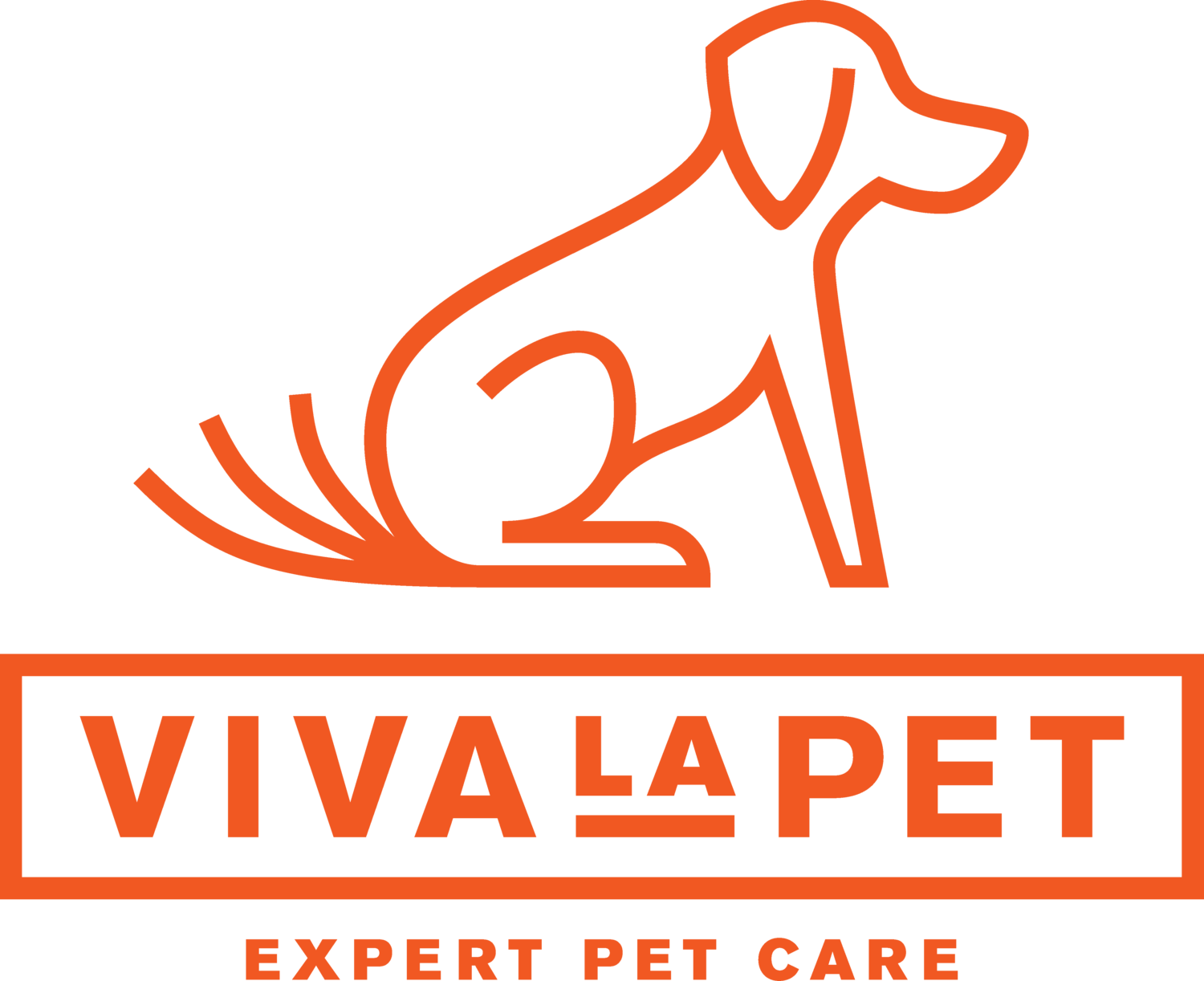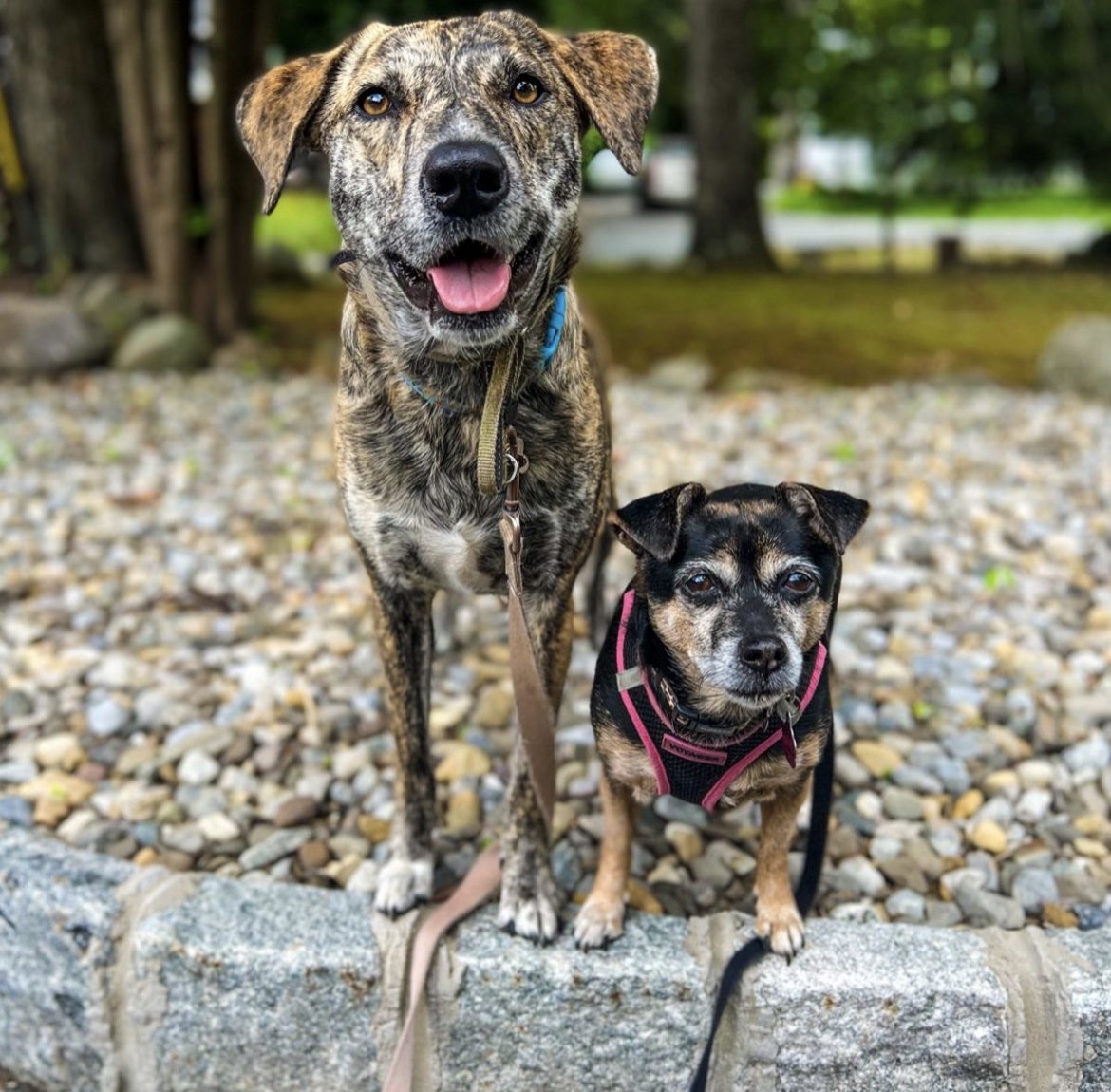If there’s one thing we can all agree on after election season, it’s that we need a breather. The debates, the news cycles, and the endless social media scroll can leave anyone feeling maxed out. But here’s some good news—whether you’ve got a playful pup, a mellow cat, or any furry friend in between, spending time with your pet might be the best medicine for those post-election jitters.
Studies show that interacting with pets can reduce stress and improve our mental health. Here’s how a little pet time can help you unwind, along with some ideas to make the most of that quality time with your favorite animals!
1. Petting Time = Lower Stress Hormones
Did you know that just a few minutes of petting your dog or cat can reduce cortisol levels (that’s your body’s main stress hormone)? Research has shown that this simple act not only lowers stress but can increase oxytocin, the so-called “cuddle hormone.” So whether your cat is curled up on your lap, purring away, or your dog is sprawled out next to you, take a few extra moments to pet them.
Tip: Focus on gentle, rhythmic strokes and breathe deeply. Think of it as a mini-meditation with your pet!
2. Go for a Walk (Yes, Even if You Have a Cat!)
Many dogs—and even some cats!—enjoy the fresh air and stimulation of a walk. Getting outside, even for just 10-15 minutes, has been shown to reduce stress levels and improve mood. If your dog loves a good stroll, find a scenic path and take a relaxed pace. And if you’re a cat person, why not try a little backyard exploration? Many cats can be trained to walk on a leash, or you can create a safe, enclosed outdoor area where they can explore.
Tip: Leave the phone at home and focus on the sounds, sights, and smells around you for a true mental reset.
3. Make Time for Play
Playtime is fun for everyone, but it’s also a natural stress reliever. The focus on a game—whether it’s tug-of-war, fetch, or a feather toy—shifts our minds into the present. Plus, our pets release pent-up energy, making them more likely to settle into a calm, cuddly state afterward.
Cats Love Play Too: Use a wand toy or a laser pointer to get your cat moving. The thrill of the chase will bring out their inner tiger, while you enjoy the endorphin boost that comes from laughing and engaging with them.
4. Snuggle and Relax
If you’re feeling worn out, a cozy snuggle with your pet may be just what you need. Snuggling is a form of touch therapy, which studies show can reduce blood pressure and promote a sense of calm. While your dog or cat snoozes on your lap or by your side, feel free to indulge in a good book or an old favorite show. You’ll both feel the stress melt away.
For Dogs: Use a big, soft blanket that they can “claim” as their space next to you.
For Cats: Many cats will enjoy snuggling if they’re approached on their terms. Let them choose the spot, and they’ll settle into relaxation mode in no time.
5. Practice Mindfulness with Your Pet
Pets live in the moment, making them wonderful mindfulness teachers. Find a quiet place, sit with your pet, and simply be present. Notice how your dog breathes slowly or how your cat purrs when they’re content. Let go of everything else and take in the small moments—they can help bring you back to a calm, centered state.
Try This: Gently stroke your pet in time with your breathing. This steady, repetitive action can have a calming effect on both of you. Here's a 5 minute video guiding you through a meditation with your pet: https://www.youtube.com/watch?v=y55Ar2i0O3M&feature=youtu.be
6. Capture the Fun: Pet Photo Shoot!
Pets have a way of reminding us not to take life too seriously, so why not do a silly pet photo shoot? Get creative with pet-safe props or just capture some candid shots of your furry friend’s personality. Plus, looking at adorable pet photos has been shown to improve our mood—science says so!
Whether it’s a soothing snuggle, a playful chase, or a quiet moment of mindfulness, your pet is the ultimate stress-busting companion. So, take a deep breath, unplug from the noise, and give your pet some extra love—they’ll be thrilled to help you unwind.












